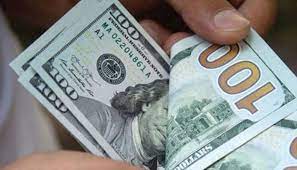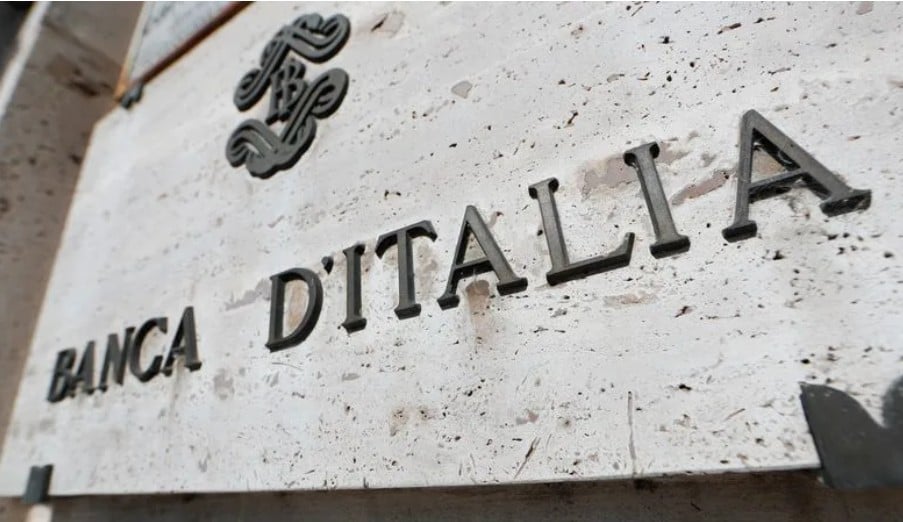Publisher: Maaal International Media Company
License: 465734
Dollar drifts lower as US inflation data looms
The dollar drifted lower, and the yen stabilised in the Asia session on Tuesday as traders turned their focus on U.S. inflation data and a slew of central bank meetings ahead, Reuters reported.
The dollar was 0.5% lower at 145.46-yen JPY=EBS. The pair has had a volatile few day, with the yen surging on remarks taken as hawkish from the Bank of Japan before falling back on a news report downplaying the prospect of an imminent policy change.
“There is talk of a pivot by the Bank of Japan to higher rates and there is some speculation it could come as soon as next week,” said ANZ economist Tom Kenny.
اقرأ المزيد
“A hike now seems premature with a backdrop of weak consumer spending,” he said, though trends in inflation and wages suggest sustainable inflation and ANZ anticipates Japan starting its journey out of super-accommodative negative rates by April 2024.
Higher iron ore prices and a rebound in Chinese property shares helped nudge the Australian and New Zealand dollars higher and other currencies were broadly steady.
The New Zealand dollar NZD=D3 rose 0.5% to %0.6154.
Forty years to the day after its float, the Aussie AUD=D3 crept 0.4% higher to $0.6596. The currency started around $0.9000 and has averaged $0.7550 since 1983. It used to be used by global investors as a very useful liquid proxy for commodities, and now for exposure to China, Australia’s largest trading partner.
The euro EUR=EBS traded at $1.0765, while sterling GBP=D3 was at $1.2577.
EYES ON CPI
U.S. inflation data, due at 1330 GMT, will frame Wednesday’s Federal Reserve policy decision.
The dollar has been slipping since October’s benign U.S. inflation report but found a footing on upbeat jobs data published on Friday. The Fed is considered certain to hold rates at 5.25%-5.50% this week, putting the focus on the so-called dot plots for rates and Chair Jerome Powell’s press conference.
Economists polled by Reuters expect headline inflation to have been flat for November, and core inflation to keep steady at an annual pace of 4% – well above the Fed’s 2% target.
“Further upside surprise to data may continue to see markets pare back their bets on aggressive (rate) cuts, alongside a firmer dollar,” said OCBC FX strategist Christopher Wong in Singapore.
“But a softer print may see dollar gains moderate in pace.”
Later in the week, the European Central Bank, Bank of England, Norges Bank and the Swiss National Bank all meet, with Norway considered the only possible hiker. There is also a risk the SNB could dial back its support for the franc in FX markets.
The franc made an almost nine-year high on the euro EURCHF=EBS last week and traded a little softer than that at 0.9442 francs to the common currency on Tuesday.









